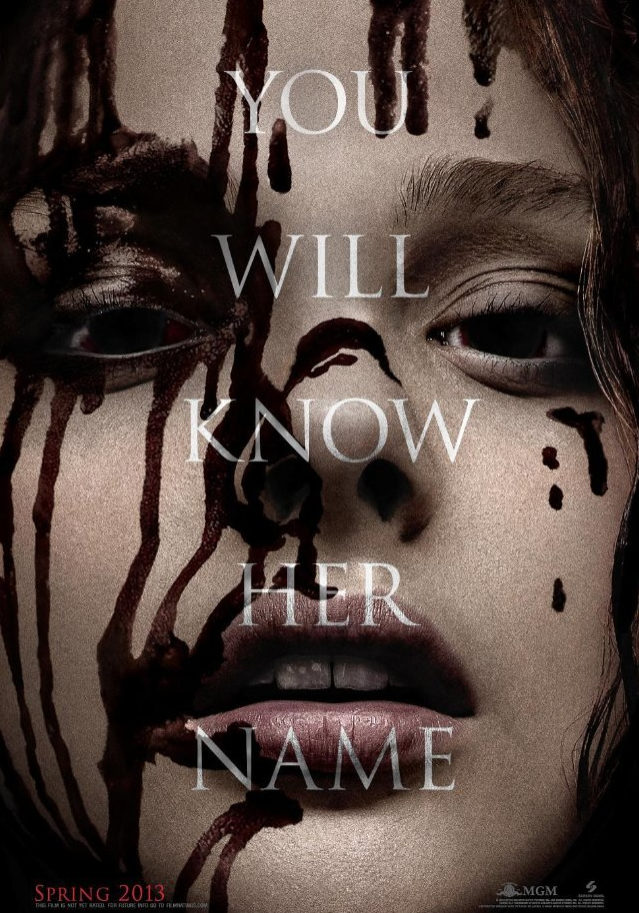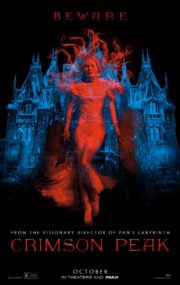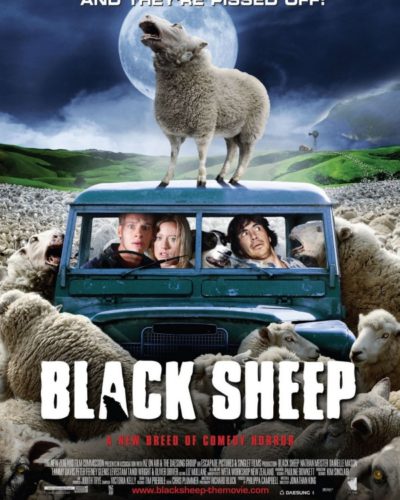The Prom From Hell: “Carrie” Unleashed
“You will know her name.” A chilling promise sets the stage for Kimberly Peirce’s 2013 rendition of “Carrie,” bringing Stephen King’s horrific tale of teenage turmoil and telekinetic terror back to the silver screen. Within the confines of this spoiler-free summary, we find Carrie White (Chloë Grace Moretz), a shy and awkward high school girl sheltered by an oppressively religious mother (Julianne Moore). Carrie’s burgeoning telekinetic abilities emerge against a backdrop of high school cruelty, leading to a prom night remembered for all the wrong reasons.
The Anatomy of Fear: Crafting Carrie’s World
Building Suspense in the Small Town
Creating a horror atmosphere is about more than just dark corridors and creepy sound effects; it is about building a world where fear is a constant undertow, pulling the viewer deeper into dread. The 2013 “Carrie” has its strengths here, generating a sense of foreboding from the very start. The suburban setting, seemingly benign, is rendered eerie through lingering shots and an ever-present tension made palpable through the focused direction.
Visual Horror: The Eyes of “Carrie”
Cinematography in horror is a powerful tool, and in “Carrie,” it is wielded with a conscious effort to unnervingly unnerve. The lighting showcases a stark contrast between the ‘innocence’ of Carrie’s world and the dark descent that awaits. Color palettes shift as moods do, with the fiery climactic scenes offering a visual feast that is both horrifying and enthralling. However, despite competent camera work, the film seldom transcends conventionality, relying on tried-and-tested techniques rather than innovating.
Soundtrack of Silence
Sound can be as cutting as a knife, and “Carrie” uses it to slice through the serenity with precision. The score underscores the unfolding tragedy with grace, while also knowing when to pull back, letting silence speak volumes. Sound effects provide jolts at just the right moments, though at times bordering on cliché, telegraphing scares rather than cultivating them organically.
From Script to Scream: Characters and Performances
Living Through the Lens of Horror
The lynchpin of credibility in horror lies in its characters, and “Carrie” places its bets on Moretz and Moore to deliver. Moretz offers a commendable portrayal of the titular character, embodying both vulnerability and burgeoning power, though she sometimes misses the mark of Sissy Spacek’s iconic original performance. Moore, as Carrie’s mother, exudes fanaticism and fear in equal measure, her portrayal a highlight of the film. The supporting cast varies, with some characters feeling grounded in their terror, while others appear more as horror archetypes than fleshed-out humans.
Breaking the Bloody Mold: Innovation in Horror
The Shock Factor
The film’s horror mechanics blend the psychological with the supernatural, adhering to genre conventions while also attempting its own subtle twists. It’s in its depiction of telekinetic power where the film most distinctively contributes to the genre, providing visual and emotional shocks that are at times more startling than genuinely horrifying. Body horror is minimal, with psychological and supernatural elements taking precedence.
Deeper Darkness: Themes and Societal Commentary
Horror often reflects societal fears, and “Carrie” delves into themes of bullying, isolation, and the conflict between independence and control. These deeper currents add layers to the experience, allowing the film to resonate beyond its surface scares. However, its exploration of these themes sometimes feels more perfunctory than profound, a reflection of the script’s limitations rather than its performances or direction.
Curtain Call: Should You RSVP to This Prom?
As a horror film, “Carrie” (2013) oscillates between effective and overwrought. It delivers a sense of unease and boasts a few genuine scares, but struggles to escape the shadow of its 1976 predecessor. It may not redefine the genre or offer innovative horror, but it does provide a solid, if somewhat safe, experience for viewers.
This iteration of Carrie’s tale will appeal most to those new to the story, casual horror viewers, or fans of the actors involved. Connoisseurs of the genre may find the film’s adherence to tradition limiting. When placed on the spectrum of horror cinema, “Carrie” (2013) neither disgraces its origins nor elevates itself to the status of unforgettable—it is a competent retelling that merits a look, warnings for graphic content notwithstanding.
In conclusion, “Carrie” (2013) presents a decent balance of strengths and weaknesses. While it may not be a groundbreaking addition to the horror genre, it’s a film that deserves to be judged on its own merits, and for its commendable attempt to reanimate a classic horror tale for a new generation. Whether or not you’ll enjoy this movie will largely depend on your affinity for supernatural revenge tales seasoned with high school drama and the occasional dash of fire and brimstone.




